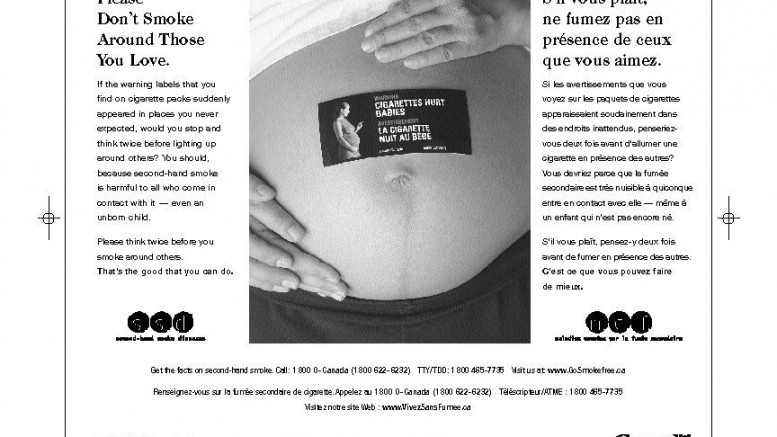Vancouver — A new resource estimate enhances the economic potential of the Sustut copper deposit, 65 km north of the Kemess gold-copper mine in north-central British Columbia.
Partners
The Southeast zone has a resource of about 5.3 million tonnes grading 1.87% copper, based on a cutoff grade of 0.7% copper. Of this amount, 3.6 million tonnes grading 1.88% copper are classified as measured, 1.5 million tonnes averaging 1.88% copper are indicated, and 121,000 tonnes grading 1.78% copper are inferred.
The Southwest zone contains 2.67 million tonnes grading 1.32% copper. Of this amount, 1.26 million tonnes grading 1.38% copper lies are measured, 1.26 million tonnes grading 1.28% copper are indicated, and 179,000 tonnes averaging 1.2% copper are inferred.
The study gives the project 21% more minable copper (25% at a cutoff grade of 0.65% copper) than the previous (2002) estimate, which used only the results from the Southeast zone.
In early 2002, Doublestar entered into an agreement with Northgate and Procon, which paved the way for a $300,000 feasibility study. The study is due for completion in March. Plans call for Procon to conduct mining operations and Northgate to treat the ore at its Kemess mine. Doublestar and Northgate would share equally in the profit attributable to the project.
At Kemess, 50,000 tonnes of ore are mined on a daily basis, and reserves (at Kemess South) are pegged at 145.9 million tonnes grading 0.65 gram gold and 0.24% copper. Last year, the mine produced a record 282,300 oz. gold and 72.9 million lbs. copper. For 2003, the operation expects to mine 294,000 oz. gold and 77.5 million lbs. copper. Metallurgical recoveries are slated to come in at 71.5% for gold and 82.5% for copper.
The Sustut material would increase Kemess’s copper production by 40%, as well as increase the grade of the concentrate, improve the quality of tailings, and reduce the amount of steel required in the semi-autogenous mills.
Environmentally, the Sustut material is acid-consuming and appears not to leach metals into the environment.
Initial scoping studies point to a capital cost in the range of $12-14 million. Based on a copper price of US90 per lb., the project’s internal rate of return would be 69%.
A tabular, volcanic “red bed” deposit, Sustut was discovered by


Be the first to comment on "Study underscores Sustut’s potential"